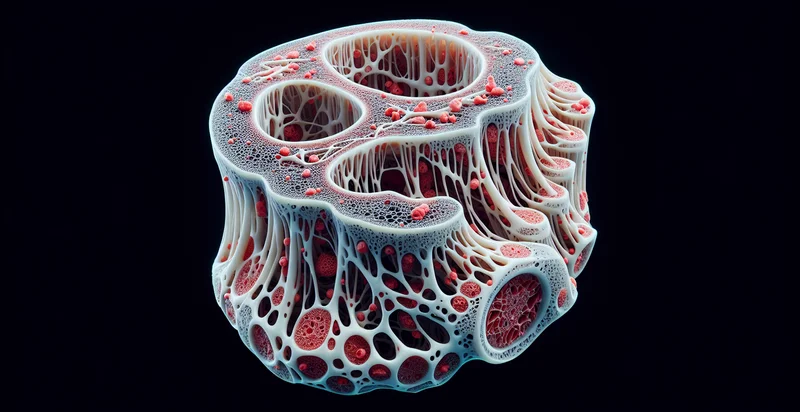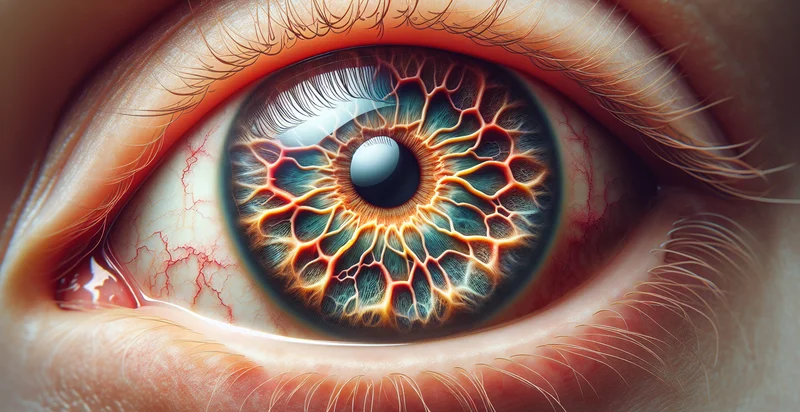Identify bone density
using AI
Below is a free classifier to identify bone density. Just upload your image, and our AI will predict the bone density category of your scan - in just seconds.

Contact us for API access
Or, use Nyckel to build highly-accurate custom classifiers in just minutes. No PhD required.
Get started
import nyckel
credentials = nyckel.Credentials("YOUR_CLIENT_ID", "YOUR_CLIENT_SECRET")
nyckel.invoke("bone-density", "your_image_url", credentials)
fetch('https://www.nyckel.com/v1/functions/bone-density/invoke', {
method: 'POST',
headers: {
'Authorization': 'Bearer ' + 'YOUR_BEARER_TOKEN',
'Content-Type': 'application/json',
},
body: JSON.stringify(
{"data": "your_image_url"}
)
})
.then(response => response.json())
.then(data => console.log(data));
curl -X POST \
-H "Content-Type: application/json" \
-H "Authorization: Bearer YOUR_BEARER_TOKEN" \
-d '{"data": "your_image_url"}' \
https://www.nyckel.com/v1/functions/bone-density/invoke
How this classifier works
To start, upload your image. Our AI tool will then predict the bone density category of your scan.
This pretrained image model uses a Nyckel-created dataset and has 17 labels, including Acceptable, Critical, Excessive, Healthy, High, Increased, Low, Marginal, Normal and Optimal.
We'll also show a confidence score (the higher the number, the more confident the AI model is around the bone density category of your scan).
Whether you're just curious or building bone density detection into your application, we hope our classifier proves helpful.
Related Classifiers
Need to identify bone density at scale?
Get API or Zapier access to this classifier for free. It's perfect for:
- Health Screening Enhancement: The false image classification function can be integrated into health screening applications to improve the accuracy of bone density evaluations. By filtering out incorrect classifications, healthcare providers can focus on valid results and make better-informed decisions about patient treatment and lifestyle recommendations.
- Telemedicine Solutions: In a telemedicine context, the function can be used to verify the accuracy of remote bone density tests conducted via imaging. This allows practitioners to confidently assess bone health without needing physical access to the patient, thus expanding care to remote or underserved areas.
- Clinical Research Applications: Researchers can utilize this classification function in studies related to osteoporosis and other bone health issues. By minimizing false positives and negatives in imaging data, the function enhances the reliability of research findings regarding bone density trends and treatment efficacy.
- Patient Education Tools: The function can be incorporated into patient education applications, providing users with clearer insights into their bone health based on accurate imaging classifications. This empowers patients to take proactive steps in managing their bone health by understanding their risks and treatment options.
- Quality Control in Imaging Facilities: Imaging centers can implement this function to maintain quality control in their bone density scanning processes. By automatically identifying and flagging false classifications, staff can swiftly retake images or adjust equipment to ensure optimal diagnostic accuracy.
- Insurance Risk Assessment: Insurance companies can use this classification function to improve their underwriting processes for policies related to bone health. Accurate assessments of bone density will enable better evaluation of risk levels, leading to fairer premium pricing and coverage options tailored to individual health needs.
- Integration with AI-driven Health Platforms: This function can be integrated into comprehensive AI health platforms that monitor additional health metrics. By ensuring accurate bone density classifications, it enhances the overall predictive analytics capabilities of the platform, leading to improved health outcomes through personalized recommendations.


